
Penang: The Pearl of the Orient
Discover Penang, Malaysia's Pearl of the Orient, where rich cultural heritage meets vibrant street food, colonial architecture, and stunning natural landscapes.
Penang, known as the Pearl of the Orient, is a Malaysian state located on the northwest coast of Peninsular Malaysia. The island is renowned for its vibrant cultural heritage, which is a blend of Malay, Chinese, Indian, and European influences. This makes Penang a melting pot of traditions and cuisines, offering a unique experience for every traveler. The capital city, George Town, is a UNESCO World Heritage Site, filled with colonial architecture, charming streets, and colorful street art. Walking through George Town, you'll find an array of temples, mosques, and churches, each telling a story of the island's diverse history. The city's vibrant street food scene is a major draw, with hawker stalls serving up local favorites like Char Kway Teow, Nasi Kandar, and Penang Laksa. Beyond the city, Penang boasts beautiful beaches, lush hills, and scenic hiking trails. Batu Ferringhi Beach is popular for its golden sands and water sports, while Penang Hill offers breathtaking views and a cooler climate. The island's botanical gardens and national park are perfect for nature lovers, providing a peaceful retreat from the bustling city life. With its rich history, diverse culture, and stunning landscapes, Penang is a destination that promises an unforgettable journey. Whether you're a foodie, history buff, or nature enthusiast, Penang has something to offer everyone.
Local tips in Penang
- George Town's street art is best explored on foot. Wear comfortable shoes for walking.
- Try the street food at Gurney Drive Hawker Center for an authentic Penang culinary experience.
- Visit Penang Hill early in the morning to avoid crowds and enjoy cooler temperatures.
- Take a guided tour of the Cheong Fatt Tze Mansion for insights into Penang's heritage.
- Use the Rapid Penang bus service for convenient and affordable travel around the island.
Neighbourhoods in Penang
Penang: The Pearl of the Orient
Penang, known as the Pearl of the Orient, is a Malaysian state located on the northwest coast of Peninsular Malaysia. The island is renowned for its vibrant cultural heritage, which is a blend of Malay, Chinese, Indian, and European influences. This makes Penang a melting pot of traditions and cuisines, offering a unique experience for every traveler. The capital city, George Town, is a UNESCO World Heritage Site, filled with colonial architecture, charming streets, and colorful street art. Walking through George Town, you'll find an array of temples, mosques, and churches, each telling a story of the island's diverse history. The city's vibrant street food scene is a major draw, with hawker stalls serving up local favorites like Char Kway Teow, Nasi Kandar, and Penang Laksa. Beyond the city, Penang boasts beautiful beaches, lush hills, and scenic hiking trails. Batu Ferringhi Beach is popular for its golden sands and water sports, while Penang Hill offers breathtaking views and a cooler climate. The island's botanical gardens and national park are perfect for nature lovers, providing a peaceful retreat from the bustling city life. With its rich history, diverse culture, and stunning landscapes, Penang is a destination that promises an unforgettable journey. Whether you're a foodie, history buff, or nature enthusiast, Penang has something to offer everyone.
When is the best time to go to Penang?
Iconic landmarks you can’t miss
Penang Little India
Discover the vibrant culture of Penang Little India, where colorful streets, tantalizing cuisine, and rich heritage await every traveler.
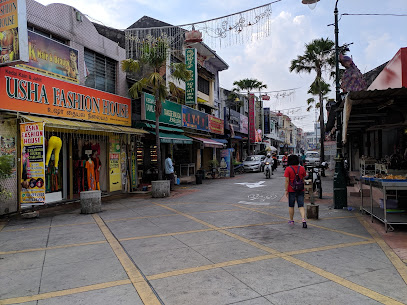
Padang Kota Lama (Esplanade)
Explore the scenic waterfront and rich history at Padang Kota Lama (Esplanade), a must-visit attraction in Georgetown, Penang.
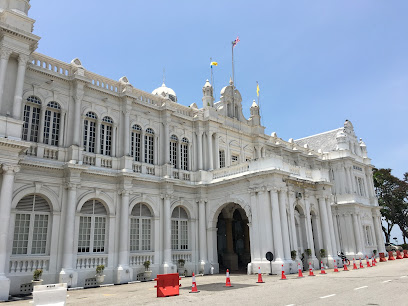
Penang Hill
Experience breathtaking views, rich history, and lush landscapes at Penang Hill, a must-visit destination in Malaysia's beautiful Penang.
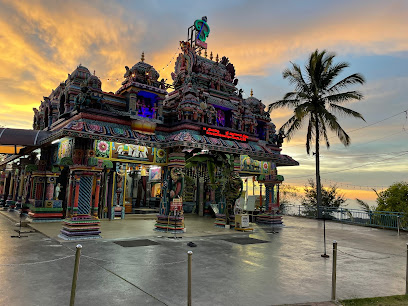
Georgetown UNESCO Historic Site
Explore Georgetown, a UNESCO World Heritage Site where history, culture, and culinary delights come together in a vibrant Malaysian experience.
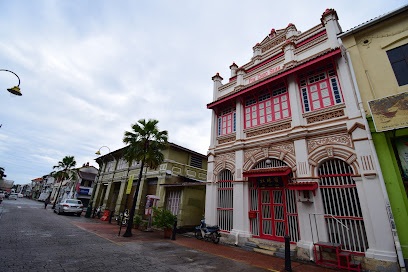
Kek Lok Si Temple
Discover the serene beauty and intricate architecture of Kek Lok Si Temple, the largest Buddhist temple in Malaysia, located in scenic Penang.
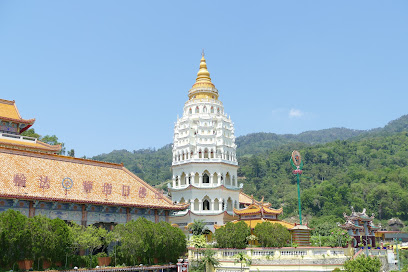
Penang Street Art
Experience the colorful and dynamic street art of Penang, where murals tell the stories of culture and heritage in Georgetown's vibrant streets.

Penang Botanic Gardens
Discover the lush beauty of Penang Botanic Gardens, a tropical paradise in the heart of George Town, perfect for relaxation and exploration.

Upside Down Museum
Discover the quirky charm of the Upside Down Museum, where reality gets a whimsical twist in George Town, Penang.

The TOP Penang, Theme Park Penang
Experience the thrill of The TOP Penang, where adventure, education and breathtaking views meet in a vibrant theme park setting.

Penang 3D Trick Art Museum
Discover the enchanting Penang 3D Trick Art Museum, where art meets illusion for a uniquely interactive experience in George Town.

Pinang Peranakan Mansion
Explore the captivating heritage of the Peranakan culture at the Pinang Peranakan Mansion in George Town, Penang - a must-visit historical museum.
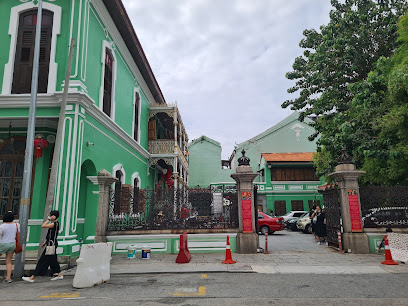
Clan Jetties of Penang
Experience the rich cultural heritage of Penang at the Clan Jetties, where history and tradition come alive along the waterfront.
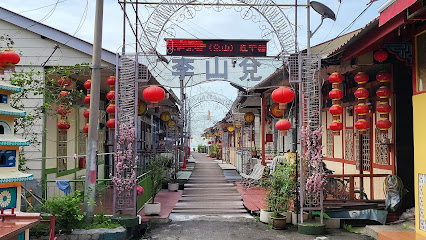
Batu Ferringhi Beach
Discover the beauty of Batu Ferringhi Beach, a tropical paradise in Penang, Malaysia, perfect for relaxation and adventure.
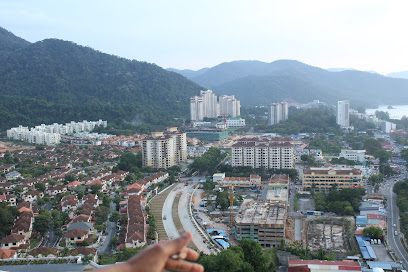
Ghost Museum
Discover the eerie world of spirits and folklore at Penang's Ghost Museum - a captivating blend of art and haunting tales!
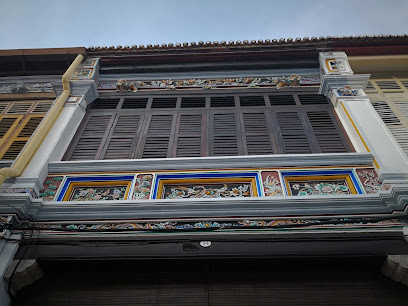
The Habitat Penang Hill
Discover the breathtaking beauty and rich heritage of The Habitat Penang Hill, a premier nature preserve and tourist attraction in Penang.
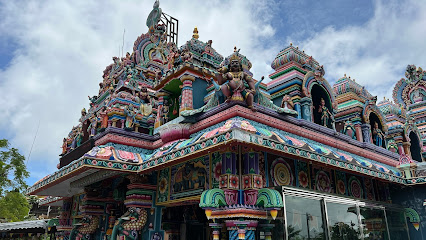
Unmissable attractions to see
Penang Little India
Discover the vibrant culture of Penang Little India, where aromatic cuisine, colorful markets, and rich traditions await every tourist.
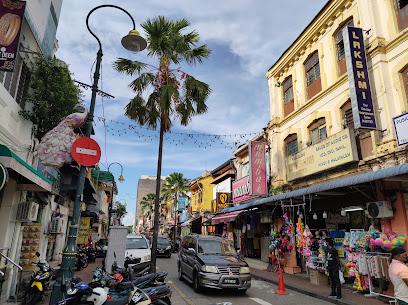
Penang Hill
Experience the breathtaking views and rich history at Penang Hill, a serene retreat in the heart of Malaysia's vibrant landscape.
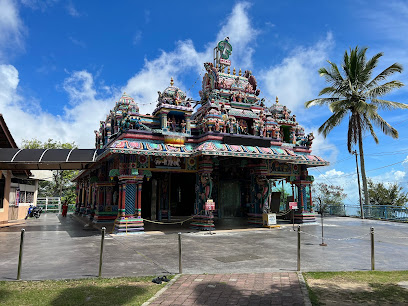
Kek Lok Si Temple
Discover the serene beauty and cultural richness of Kek Lok Si Temple, Malaysia's largest Buddhist temple nestled in the hills of Penang.

Penang Street Art
Discover the vibrant street art of Penang, where murals bring the rich culture and heritage of Georgetown to life in a colorful outdoor gallery.
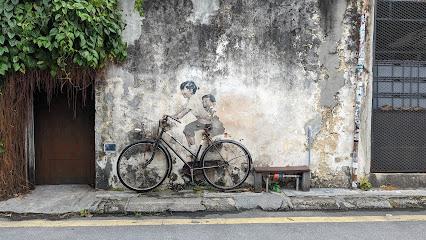
Entopia by Penang Butterfly Farm
Explore the vibrant world of butterflies at Entopia by Penang Butterfly Farm, an ecological paradise for nature lovers and families.

Chowrasta Market
Discover the vibrant Chowrasta Market in George Town, a cultural gem offering fresh produce, local delicacies, and a taste of Penang's rich heritage.
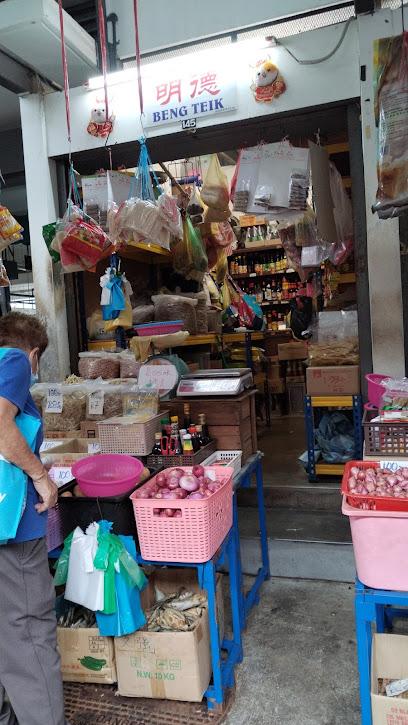
Chew Jetty
Explore Chew Jetty in George Town, Penang: A vibrant cultural heritage site with stunning stilt houses and local charm.
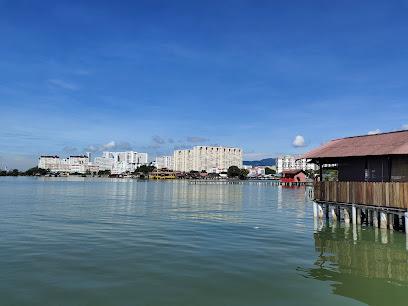
ESCAPE Penang
Experience a thrilling adventure at ESCAPE Penang, a premier theme park and water park that combines fun, nature, and cultural richness for an unforgettable family day.
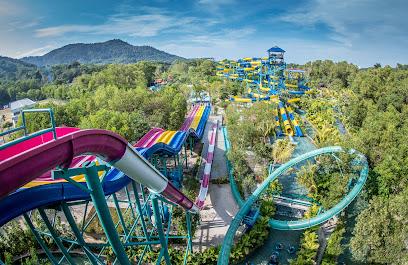
New World Park
Discover the vibrant flavors of Penang at New World Park, a food court that brings together the best of local and international cuisines in a festive atmosphere.

Wonderfood Museum
Explore the vibrant flavors and culinary heritage of Malaysia at the Wonderfood Museum in George Town, a must-visit attraction for food lovers and culture enthusiasts.
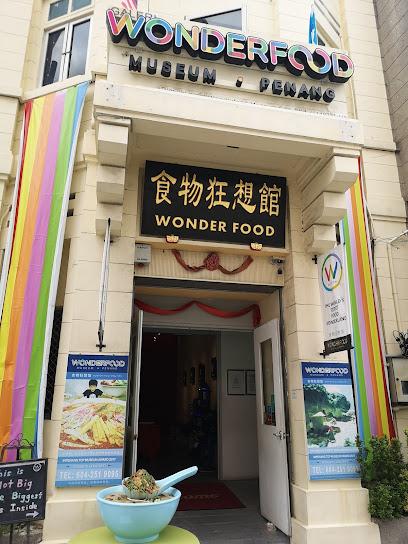
Upside Down Museum
Discover the enchanting Upside Down Museum in George Town, where art meets fun in a mesmerizing world of optical illusions and creative designs.
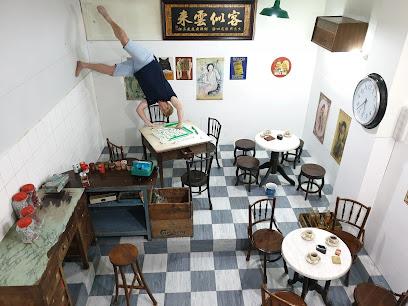
Cheong Fatt Tze, The Blue Mansion
Explore the rich heritage and stunning architecture of Cheong Fatt Tze Mansion, a historical landmark in the heart of George Town, Penang.
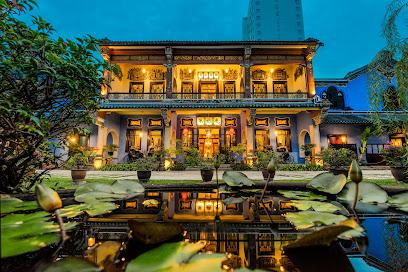
The TOP Penang, Theme Park Penang
Experience the ultimate day of fun and adventure at The TOP Penang, the premier theme park in George Town, Malaysia, featuring rides, an aquarium, and more.

Pinang Peranakan Mansion
Explore the exquisite heritage of the Peranakan culture at Pinang Peranakan Mansion in George Town, a treasure trove of history and artistry.
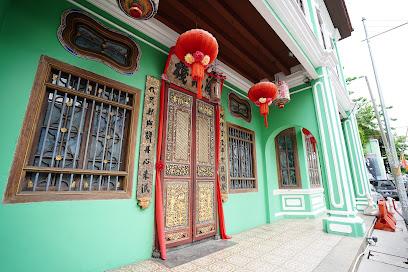
Pasar Malam Batu Feringghi
Experience the vibrant culture and delectable street food at Pasar Malam Batu Feringghi, Penang's must-visit night market for unique souvenirs and local flavors.
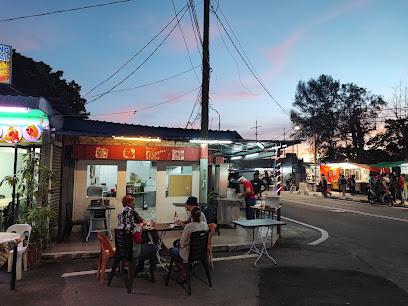
Essential places to dine
Restaurant Ferringhi Garden
Discover Ferringhi Garden: An enchanting restaurant in Batu Ferringhi offering exquisite Western cuisine amidst breathtaking natural beauty.
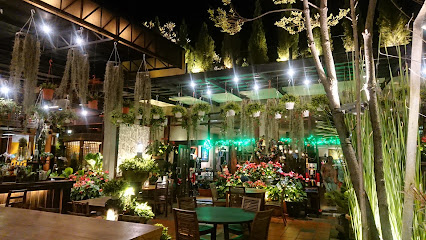
Lagenda House & Cafe
Experience Halal dining at Lagenda House & Cafe in George Town, where Western flavors meet local hospitality in a charming setting.
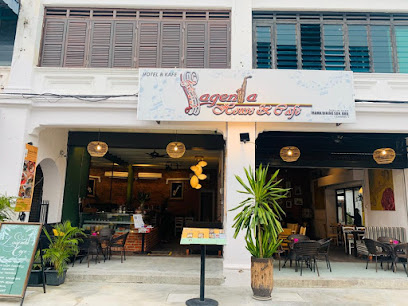
Auntie Gaik Lean's Old School Eatery
Discover authentic Nyonya cuisine at Auntie Gaik Lean's Old School Eatery in Georgetown - a culinary gem celebrating Malaysia's rich heritage.
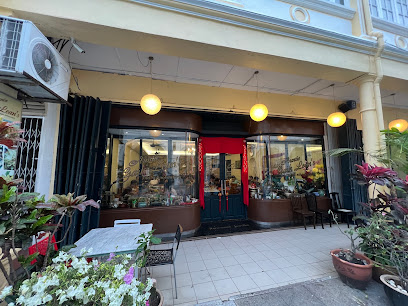
Jawi House Cafe Gallery
Discover authentic Malay cuisine and local art at Jawi House Cafe Gallery in George Town – where culture meets culinary excellence.
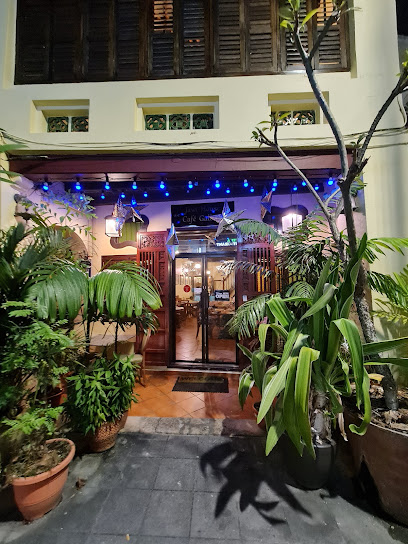
Two Frenchies Cafe Bistro
Experience authentic French cuisine at Two Frenchies Cafe Bistro in George Town - a culinary journey through France awaits you!
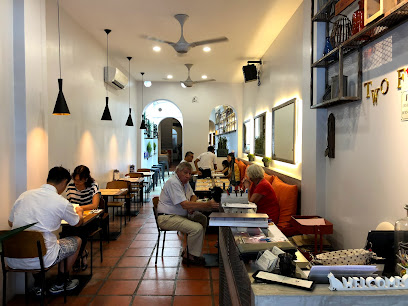
The Loft - Love Lane
Discover delicious Italian cuisine at The Loft - Love Lane in Georgetown, where every meal is paired with vibrant live music for an unforgettable experience.
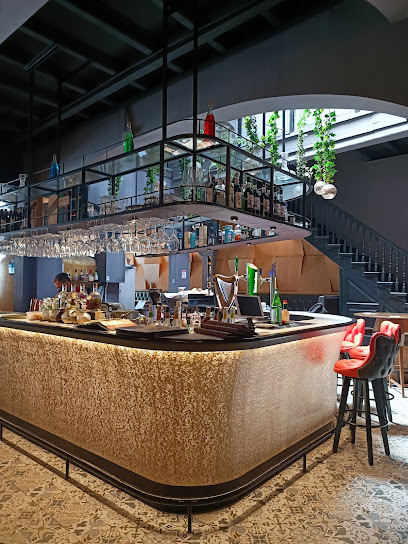
Il Bacaro
Discover authentic Italian flavors at Il Bacaro in George Town—where every meal is a journey through Italy's culinary heritage.
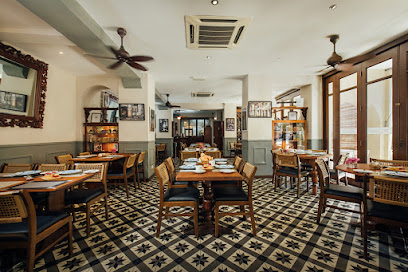
D'Sakra- Finest Indian Restaurant In The City
Experience authentic Indian flavors at D'Sakra in George Town—where every dish tells a story of tradition and spice.
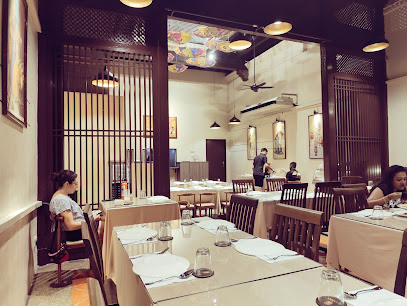
Laksalicious
Experience authentic Malaysian cuisine at Laksalicious in George Town - a must-visit destination for food enthusiasts.
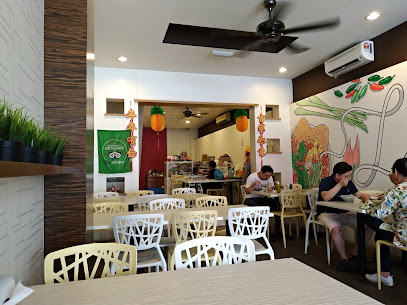
Suffolk House Restaurant
Discover the charm of Suffolk House Restaurant in Penang - where history meets culinary excellence in a family-friendly setting.
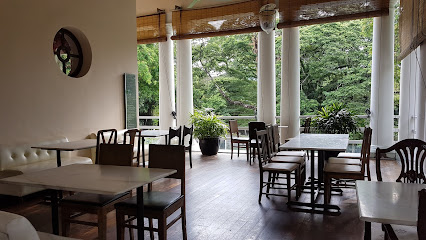
Via Pre Penang Italian Restaurants
Discover authentic Italian cuisine at Via Pre in George Town, Penang - where every dish is crafted with passion and tradition.
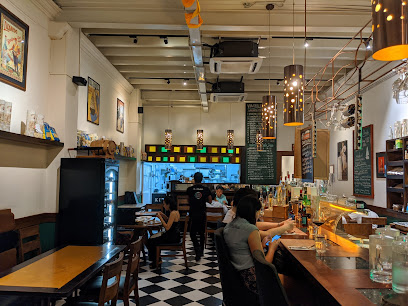
32Mansion / Beach Blanket Babylon
Experience family-friendly dining at 32Mansion in George Town—where delicious cuisine meets beautiful garden settings for unforgettable moments.
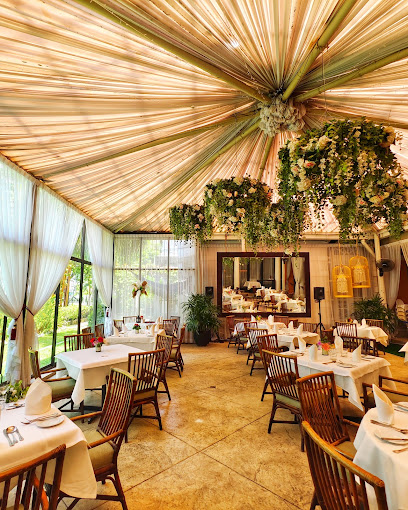
David Brown's Restaurant & Tea Terrace
Experience exquisite English cuisine amidst breathtaking views at David Brown's Restaurant & Tea Terrace on Penang Hill.
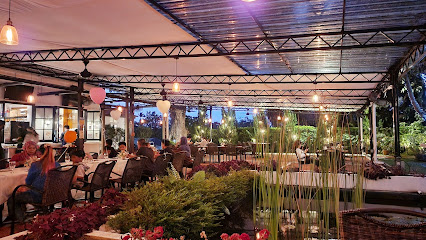
Kebaya Dining Room
Discover the exquisite fusion of tradition and modernity at Kebaya Dining Room in Georgetown, Penang - where every meal tells a story.
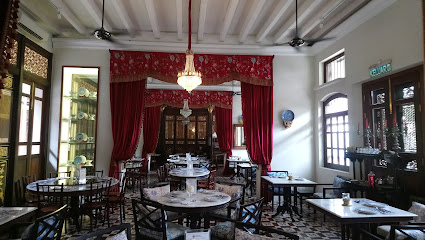
Bukit Genting Hill Leisure Park And Restaurant
Experience authentic Malaysian cuisine at Bukit Genting Hill while enjoying breathtaking views over Penang's stunning landscape.

Markets, malls and hidden boutiques
Gurney Paragon Mall
Experience the ultimate shopping, dining, and entertainment at Gurney Paragon Mall, George Town's premier shopping destination.

1st Avenue Mall
1st Avenue Mall: A premier shopping destination in Penang, offering diverse retail, dining, and entertainment experiences for all.
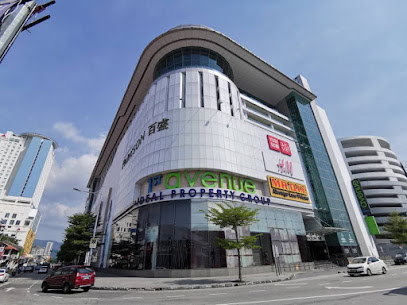
S&J Co. 1st Avenue Penang mall
Explore S&J Co. in Penang's 1st Avenue Mall for unique gifts and local treasures that embody the spirit of this vibrant city.
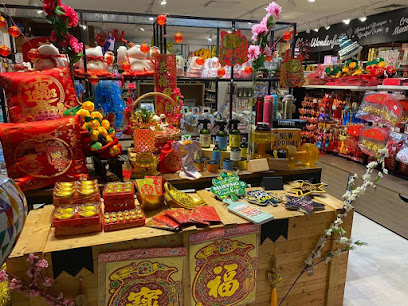
Sixth Sense
Explore Sixth Sense, a vibrant clothing store in George Town, showcasing local craftsmanship and contemporary fashion that reflects Penang's culture.
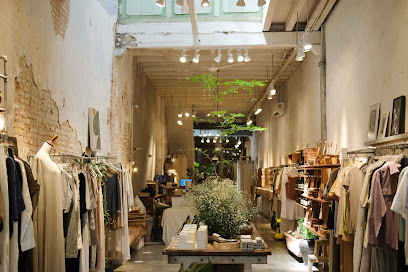
Oleh-Oleh - Penang Snacks and Souvenir Shop
Discover the authentic flavors and vibrant souvenirs of Penang at Oleh-Oleh, your go-to shop for local delights and unique gifts.
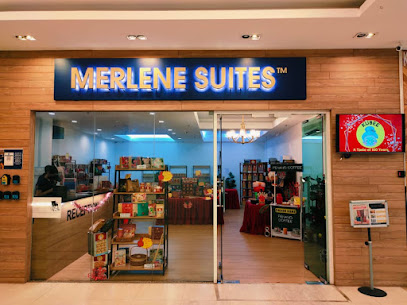
TIMURA
Explore TIMURA Souvenir Store in Georgetown for unique crafts and cultural memorabilia that showcase Penang's rich heritage and artistry.
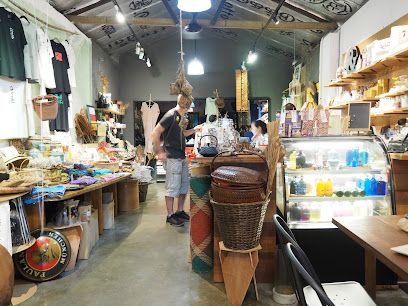
Sri Batik Legend KOMTAR level 3, Shopping Mall Penang
Experience the vibrant world of batik fashion at Sri Batik Legend in Penang, where tradition meets modern style in every exquisite piece.
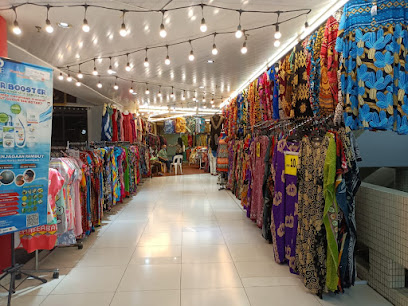
Penang Bazaar
Explore Penang Bazaar, a vibrant tourist attraction in George Town, offering unique souvenirs and local crafts that reflect the island's rich culture.
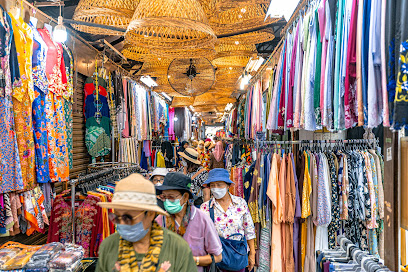
Great Worn Vintage
Discover unique and stylish second-hand clothing at Great Worn Vintage in George Town, Penang - a paradise for thrift lovers and fashion enthusiasts.
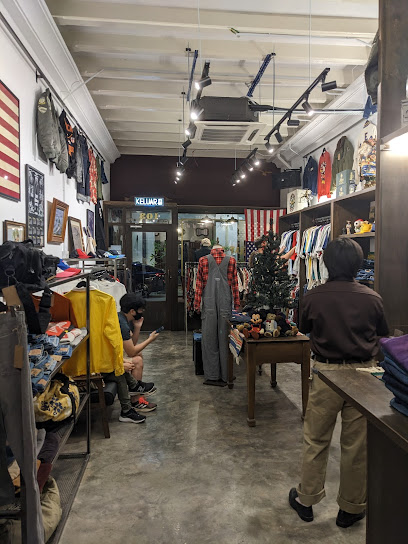
Owl Shop
Explore Owl Shop in George Town for unique souvenirs and local crafts that capture the essence of Penang's vibrant culture.

Misyalbuyit
Explore Misyalbuyit in George Town for authentic souvenirs and unique clothing that celebrate the vibrant culture of Penang.
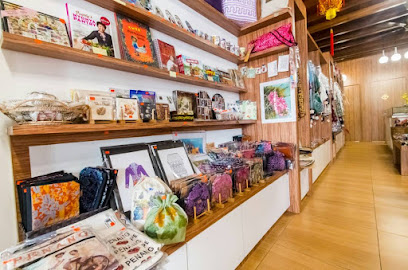
14 Living Story
Explore 14 Living Story in George Town for unique souvenirs and handcrafted treasures that embody the rich culture and creativity of Penang.
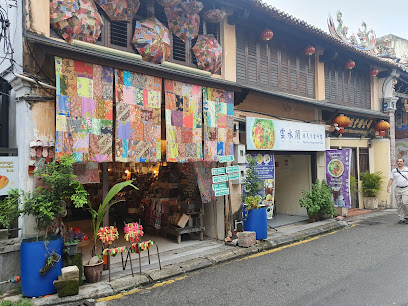
TAI KEH HO TRADING 大家好
Explore a delightful selection of authentic souvenirs and local crafts at TAI KEH HO TRADING in the historic heart of George Town, Penang.
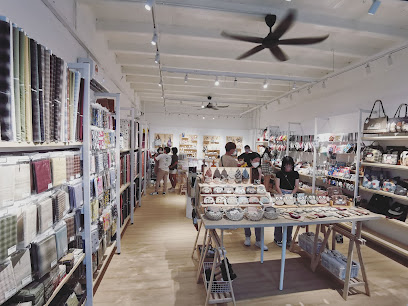
Penang Thai Shop
Explore the vibrant styles of Penang at Penang Thai Shop, where fashion meets culture in a unique shopping experience.
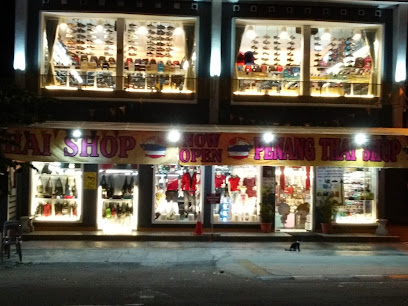
Medina Store & Co. (Syarikat Medina & Co./ மதீனா ஸ்டோர் & கோ.)
Discover the essence of Malaysian textile culture at Medina Store & Co. in Georgetown, Penang, offering exquisite batik, sarees, and perfumes.
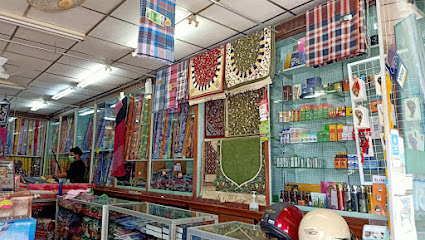
Essential bars & hidden hideouts
The Pokok - All Day Bar
Experience the vibrant atmosphere of The Pokok, an all-day bar in George Town, Penang, blending local flavors with a modern twist.
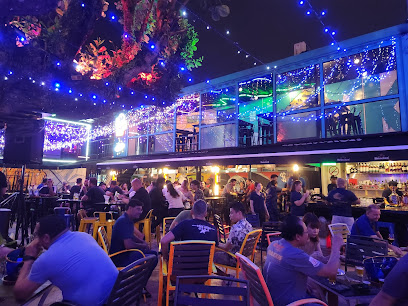
Manchu Bar 满族酒吧
Discover Manchu Bar in George Town: A vibrant nightlife spot offering unique cocktails and a lively atmosphere in the heart of Penang.
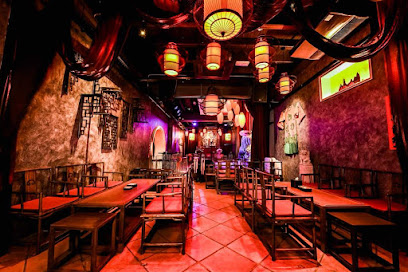
MM2
Savor exquisite local and international dishes at MM2 Bistro, a vibrant dining experience with a lively cocktail bar in the heart of George Town.
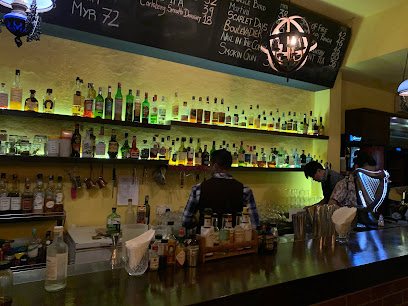
Beso Rosado
Discover the vibrant nightlife of George Town at Beso Rosado, a chic bar offering innovative cocktails and a lively atmosphere.
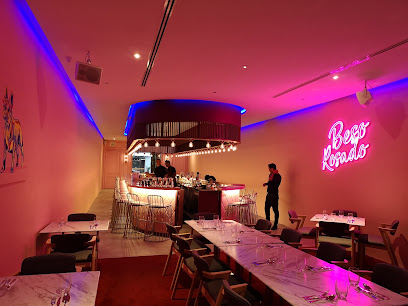
Tree Bar
Discover Tree Bar in George Town, a vibrant oasis where lush greenery meets expertly crafted cocktails, perfect for unwinding after a day of exploration.
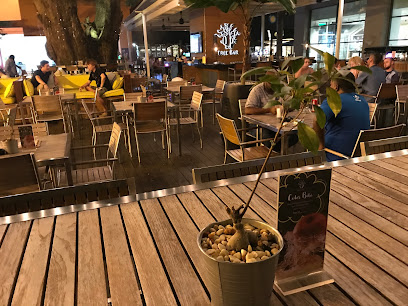
The Beach Bar
Experience the vibrant nightlife of George Town at The Beach Bar, where refreshing drinks meet a lively atmosphere.
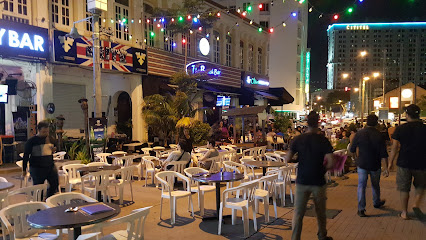
Backdoor Bodega
Discover the hidden gem of George Town at Backdoor Bodega, a cocktail bar blending local flavors and creativity for an unforgettable nightlife experience.
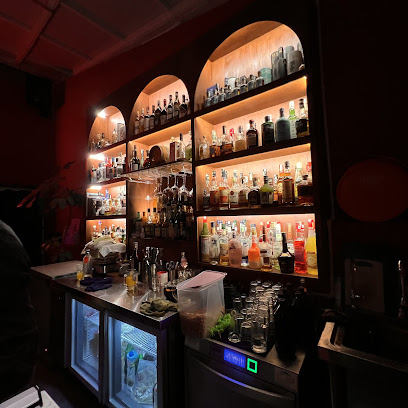
Chin Chin Gastropub Penang
Savor the flavors of Penang at Chin Chin Gastropub, a vibrant restaurant and bar in George Town offering a delightful culinary experience.
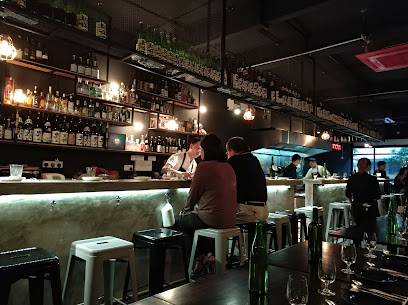
Hidden Bar
Experience the enchanting ambiance and exquisite cocktails at Penang's Hidden Bar, a speakeasy gem in George Town's nightlife scene.
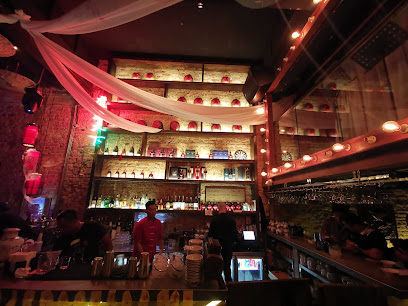
The Mandarin Cocktails Bar
Experience the vibrant nightlife of George Town at The Mandarin Cocktails Bar, where innovative cocktails meet an inviting atmosphere.
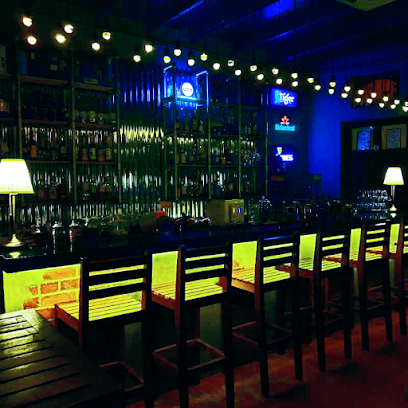
The 12 Senses
Discover the vibrant nightlife of George Town at The 12 Senses, where exquisite cocktails and a captivating atmosphere await!
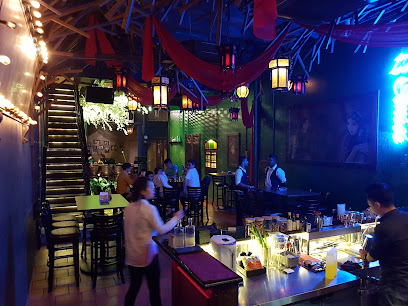
Seventy7 Bar
Discover the vibrant nightlife of George Town at Seventy7 Bar, where exquisite cocktails and a lively atmosphere await you.
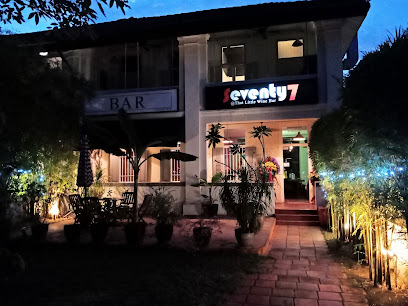
Archipelago
Experience the vibrant fusion of Cuban culture and craft cocktails at Archipelago, the premier cocktail bar in George Town, Penang.
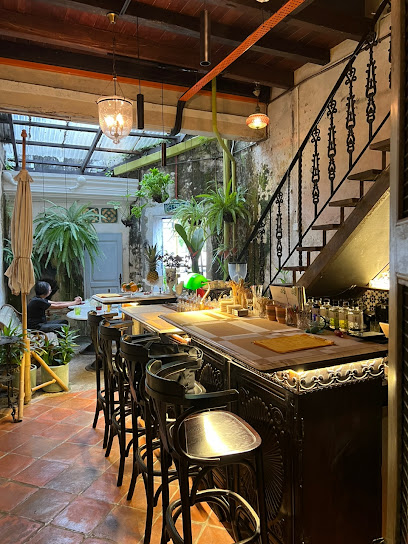
Hong Kong Bar
Discover the vibrant nightlife at Hong Kong Bar in George Town, offering a unique blend of delicious drinks and cultural ambiance.
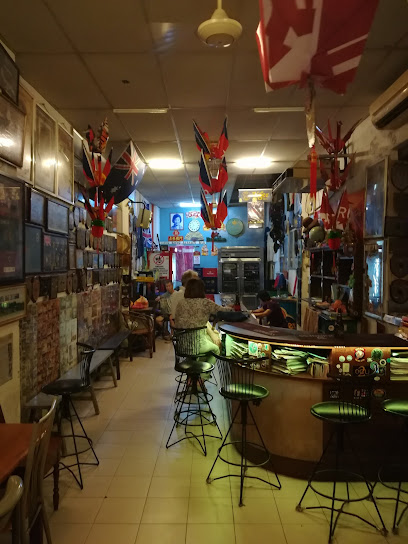
The Tipsy Cow
Discover the vibrant atmosphere and extensive drink selections at The Tipsy Cow, a premier bar in Georgetown's lively nightlife scene.
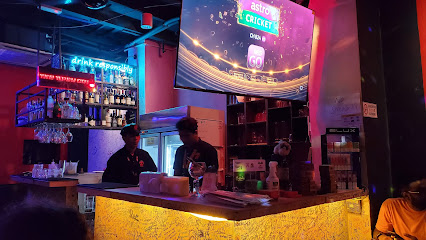
Local Phrases
-
- HelloApa khabar
[ah-pah kha-bar] - GoodbyeSelamat tinggal
[suh-lah-mat ting-gal] - YesYa
[yah] - NoTidak
[tee-dahk] - Please/You're welcomeSila
[see-lah] - Thank youTerima kasih
[teh-ree-mah kah-seh] - Excuse me/SorryMaaf
[mah-ahf] - How are you?Apa khabar?
[ah-pah kha-bar] - Fine. And you?Baik. Dan kamu?
[bike. dan kah-moo] - Do you speak English?Boleh cakap Bahasa Inggeris?
[boh-leh cha-kap bah-hah-sah ing-ger-rees] - I don't understandSaya tidak faham
[sah-yah tee-dahk fah-hahm]
- HelloApa khabar
-
- I'd like to see the menu, pleaseBoleh saya lihat menu, sila
[boh-leh sah-yah lee-haht meh-noo, see-lah] - I don't eat meatSaya tidak makan daging
[sah-yah tee-dahk mah-kahn dah-yihng] - Cheers!Yam seng!
[yam sehng] - I would like to pay, pleaseSaya hendak bayar, sila
[sah-yah hen-dahk bah-yar, see-lah]
- I'd like to see the menu, pleaseBoleh saya lihat menu, sila
-
- Help!Tolong!
[toh-lohng] - Go away!Pergi jauh!
[pehr-gee jah-oo] - Call the Police!Panggil polis!
[pahng-geel poh-lees] - Call a doctor!Panggil doktor!
[pahng-geel dohk-tor] - I'm lostSaya sesat
[sah-yah seh-saht] - I'm illSaya sakit
[sah-yah sah-keet]
- Help!Tolong!
-
- I'd like to buy...Saya hendak membeli...
[sah-yah hen-dahk mem-buh-lee] - I'm just lookingSaya hanya melihat
[sah-yah hahn-yah meh-lee-haht] - How much is it?Berapa harganya?
[beh-rah-pah har-gahn-yah] - That's too expensiveItu terlalu mahal
[ee-too teh-rah-lah mah-hahl] - Can you lower the price?Boleh kurangkan harga?
[boh-leh koor-ahn-gahn hahr-gah]
- I'd like to buy...Saya hendak membeli...
-
- What time is it?Pukul berapa sekarang?
[poo-kool beh-rah-pah seh-kah-rahng] - It's one o'clockPukul satu
[poo-kool sah-too] - Half past (10)Pukul setengah (10)
[poo-kool suh-ten-gah (10)] - MorningPagi
[pah-gee] - AfternoonPetang
[peh-tahng] - EveningMalam
[mah-lahm] - YesterdaySemalam
[seh-mah-lahm] - TodayHari ini
[hah-ree ee-nee] - TomorrowEsok
[eh-sohk] - 1Satu
[sah-too] - 2Dua
[doo-ah] - 3Tiga
[tee-gah] - 4Empat
[em-paht] - 5Lima
[lee-mah] - 6Enam
[eh-nahm] - 7Tujuh
[too-joo] - 8Lapan
[lah-pahn] - 9Sembilan
[sem-bee-lahn] - 10Sepuluh
[suh-poo-looh]
- What time is it?Pukul berapa sekarang?
-
- Where's a/the...?Di mana...
[dee mah-nah] - What's the address?Apa alamatnya?
[ah-pah ah-lah-mah-nyah] - Can you show me (on the map)?Boleh tunjukkan saya (dalam peta)?
[boh-leh toon-jook-kahn sah-yah (dah-lahm peh-tah)] - When's the next (bus)?Bila bas seterusnya?
[bee-lah bahs suh-teh-roos-nyah] - A ticket (to ....)Sebuah tiket (ke ....)
[seh-oo-ah tee-keht (keh)]
- Where's a/the...?Di mana...
History of Penang
-
Penang, officially known as Pulau Pinang, was established in 1786 by Captain Francis Light of the British East India Company. He negotiated a lease with the Sultan of Kedah and established it as a free port to attract traders from across the globe. This marked the beginning of Penang as a significant trading hub in Southeast Asia.
-
During the 19th century, Penang flourished under British colonial rule. Its strategic location along the Straits of Malacca made it an important entrepôt. The British introduced modern infrastructure, including roads, railways, and administrative buildings, which transformed the island into a bustling urban center.
-
Penang played a critical role during World War II. The island was one of the first places in Malaya to be bombed by Japanese forces in December 1941. It subsequently fell to the Japanese, who occupied it until their surrender in 1945. This period was marked by harsh rule and significant hardship for the local population.
-
After World War II, Penang faced the challenge of rebuilding. The island was incorporated into the Federation of Malaya in 1948, which later gained independence from British rule in 1957. Penang's post-war recovery was characterized by rapid industrialization and urbanization, leading to significant economic growth.
-
Penang's history as a trading hub has contributed to its rich cultural diversity. The island is home to a mosaic of ethnic communities, including Malays, Chinese, Indians, and Eurasians. This diversity is reflected in its vibrant festivals, cuisine, and architecture, making Penang a unique cultural melting pot in Malaysia.
-
In 2008, George Town, Penang's capital, was designated a UNESCO World Heritage Site. This recognition was given due to its well-preserved colonial architecture, historic streetscapes, and cultural heritage. George Town's status as a heritage site has helped to preserve its unique character and attract tourists from around the world.
-
In recent decades, Penang has transformed into a modern economic powerhouse. The establishment of the Bayan Lepas Free Trade Zone in the 1970s attracted multinational corporations and turned Penang into the 'Silicon Valley of the East.' Today, Penang continues to balance its rich historical heritage with rapid modernization and economic development.
Penang Essentials
-
Penang is well-connected by air, sea, and land. Penang International Airport (PEN) serves both domestic and international flights and is located in Bayan Lepas, approximately 16 kilometers from George Town. Direct flights are available from major cities in Asia, including Singapore, Bangkok, and Hong Kong. For those traveling by sea, cruise ships often dock at the Swettenham Pier in George Town. Overland travel is also possible via the Penang Bridge or the Second Penang Bridge, connecting Penang Island to the mainland of Malaysia. Bus services from Kuala Lumpur and other Malaysian cities are frequent and reliable.
-
Getting around Penang is convenient with various transportation options. Rapid Penang buses cover most parts of the island, including tourist spots. Buses are affordable and air-conditioned. Taxis and ride-hailing services like Grab are widely available. For a unique experience, try the trishaws in George Town. Renting a car or motorcycle is another option, but be mindful of local driving habits and traffic. Bicycle rentals are also popular for exploring the city at a leisurely pace. For a scenic commute, take the Penang Ferry between George Town and Butterworth on the mainland.
-
The official currency in Penang is the Malaysian Ringgit (MYR). Credit and debit cards are widely accepted in hotels, restaurants, and shopping malls. However, it is advisable to carry some cash for smaller establishments, street food vendors, and local markets. ATMs are plentiful, especially in urban areas, and currency exchange services are available at the airport, major hotels, and licensed money changers.
-
Penang is generally a safe destination for tourists, but it is wise to exercise standard precautions. Avoid walking alone at night in secluded areas. Petty crimes like pickpocketing can occur in crowded places, so keep your belongings secure. Areas with higher crime rates include some parts of George Town's inner city and certain parts of Jelutong. Always use reputable transportation services and avoid unlicensed taxis.
-
In case of emergency, dial 999 for police, fire, or medical assistance. Penang General Hospital in George Town is the main public hospital, while several private hospitals offer high-quality medical care. Pharmacies are readily available for minor health issues. It is recommended to have travel insurance that covers medical emergencies. In the event of a lost passport or other travel documents, contact your embassy or consulate in Kuala Lumpur.
-
Fashion: Do dress modestly, especially when visiting religious sites. Avoid wearing revealing clothing. Religion: Do respect local customs and traditions. Remove your shoes before entering mosques and temples. Public Transport: Do give up your seat to elderly passengers. Don’t eat or drink on public transport. Greetings: Do greet people with a smile and a slight bow or a handshake. Use 'lah' and 'ah' at the end of sentences to sound more local. Eating & Drinking: Do try local delicacies like Char Kway Teow and Penang Laksa. Don't refuse food or drink offerings, as it is considered impolite.
-
To experience Penang like a local, visit the morning markets such as Chowrasta Market for fresh produce and local snacks. Engage with locals in coffee shops (kopitiams) and try Penang's famous street food. Explore beyond George Town to discover less touristy areas like Balik Pulau, known for its durian farms and scenic countryside. Attend local festivals such as Thaipusam and George Town Festival to immerse yourself in the vibrant culture. For a unique experience, take the funicular train up Penang Hill for panoramic views of the island.
Trending Landmark in Penang
-
Penang Little India
-
Padang Kota Lama (Esplanade)
-
Penang Hill
-
Georgetown UNESCO Historic Site
-
Kek Lok Si Temple
-
Penang Street Art
-
Penang Botanic Gardens
-
Upside Down Museum
-
The TOP Penang, Theme Park Penang
-
Penang 3D Trick Art Museum
-
Pinang Peranakan Mansion
-
Clan Jetties of Penang
-
Batu Ferringhi Beach
-
Ghost Museum
-
The Habitat Penang Hill
Nearby Cities to Penang
-
Things To Do in George Town
-
Things To Do in Ipoh
-
Things To Do in Cameron Highlands
-
Things To Do in Langkawi
-
Things To Do in Satun
-
Things To Do in Kota Bharu
-
Things To Do in Kuala Lumpur
-
Things To Do in Medan
-
Things To Do in Trang
-
Things To Do in Kuala Terengganu
-
Things To Do in Krabi
-
Things To Do in Kuantan
-
Things To Do in Nakhon Si Thammarat
-
Things To Do in Phuket
-
Things To Do in Malacca
















